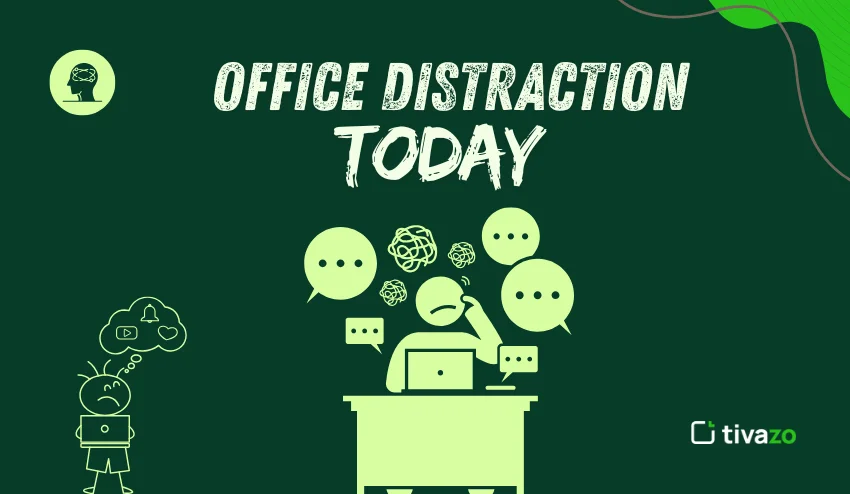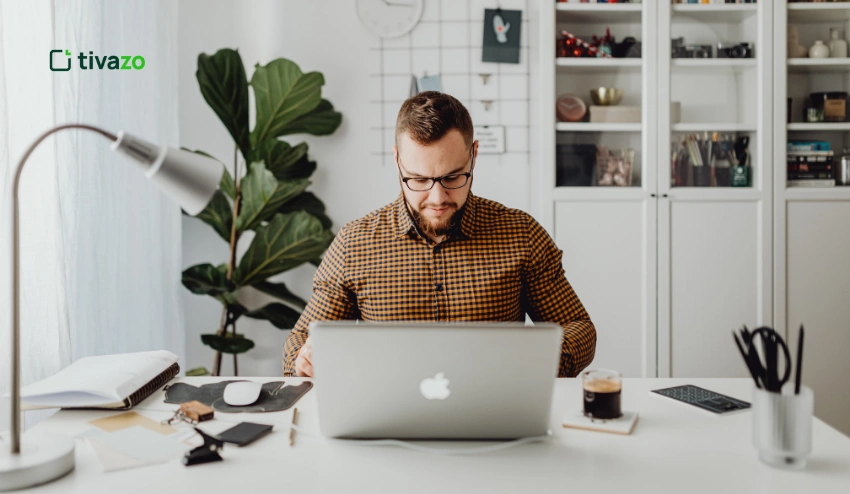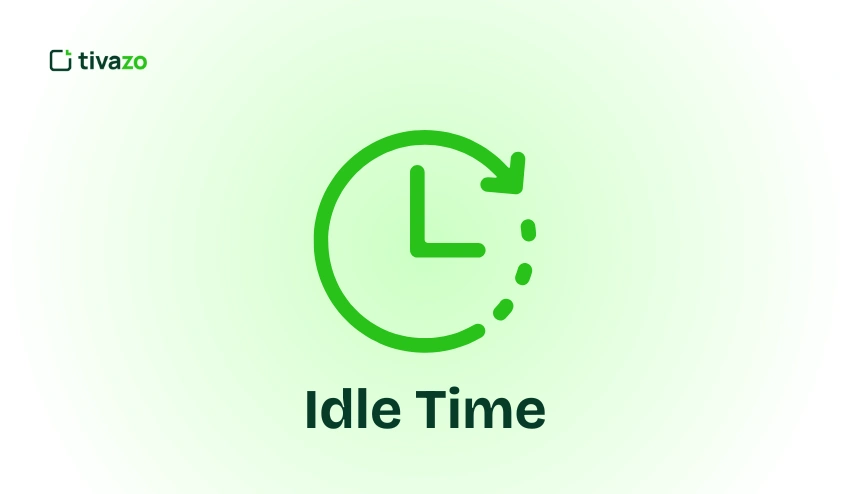Today’s busy workplace can make it hard to concentrate. Office distractions today in the office are everywhere, affecting productivity, creativity, and even job satisfaction. With endless notifications and our loud colleagues, it can be hard to stay on task in some of the out-of-control environments. The following guide discusses distractions in the workplace that are the most frequent, and provides practical solutions to overcome them so you can regain control, concentrate, and have a more productive and harmonious workday. These are approaches to assist employees in becoming more efficient, lowering their stress levels, and achieving consistently good results.
What Are Distractions in the Office?
Office distractions today are anything that breaks an individual’s focus and concentration, which affects productivity and adds stress to your workday. These distractions can be internal, like thoughts, daydreaming, or even a hungry stomach. They can also be external, like background noise, co-workers interrupting your work, or visiting with colleagues. Distractions can also be digital, like endless notifications from emails, chat apps, and social media. Understanding what office distractions today mean is just the first step to controlling them.
Common Office Distractions
- Talkative Colleagues. Stopping to chat with a co-worker may seem innocent enough, but being disrupted is still being disrupted.
- Smartphone Notifications. All those notifications assist you in hardly ever feeling bored or focused on your work with important emails, messages, or notifications.
- Office Layouts. Open office layouts frequently lead to more noise, which leads to more interruptions.
- Meetings. Many meetings come with no agenda, causing frustration and wasted time in the workday.
- Multitasking. Multitasking is fairly common, but it usually takes more time to complete multiple tasks than focusing on one task at a time, which can also lead to an increase in errors while completing tasks.
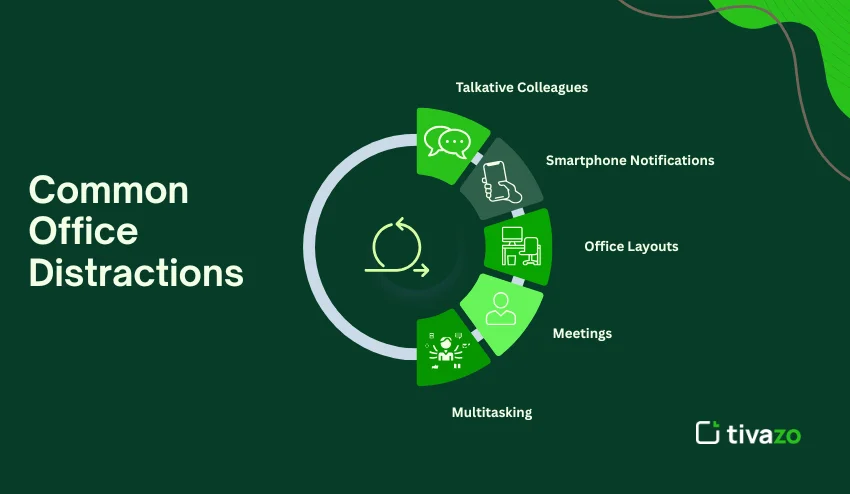
Other factors at work that can be categorized as distractions in the workplace today include missed deadlines, time and clutter management, and mental fatigue. Workers often get into the habit of checking their phones or browsing the internet without realizing it, which does not help their distraction issue.
Understanding and isolating those distractions is important in finding strategies to stay focused and become more productive. When teams approach office distractions today, they can ensure their teams are working smarter, are more engaged and focused, and that they are accomplishing more work daily.
The Impact of Distractions on Productivity
Distractions have the effect of not only diminishing concentration but also prolonging the period it takes to complete work. Studies have demonstrated that after a distraction, it can take as long as 25 minutes to collect thoughts to refocus on the work at hand. When all of that time is tabulated, the overall productivity of any individual is significantly impacted. Office distractions today can undermine the quality of the work being performed, increase errors, and unnecessarily raise levels of stress in employees. When distractions are frequent, it becomes increasingly laborious for employees to meet deadlines, while concurrently diminishing efficiency, which leads to a real impact at the team level and the organization as a whole.
Utilizing a table to analyze common office distractions today, their impact on productivity, and the average time lost as a result may be useful:
| Office Distractions Today | Impact on Productivity | Average Time Lost |
| Chatty Co-workers | Breaks concentration and slows down task completion | 10-15 minutes per distraction |
| Smartphone Notifications | Pulls attention away from tasks and increases errors | 5-10 minutes per notification |
| Open Office Noise | Causes mental fatigue and less concentration | 15-20 minutes each hour |
| Unnecessary Meetings | Wastes time and delays the overall time to get things done | 30-60 minutes total |
| Multitasking | Diminished performance and more mistakes | Always varies per project |
Being aware of the impact of distractions in the office distractions today is an important part of addressing distractions and having a plan to limit interruptions. If we focus on distractions, it can enhance the ability of employees to become more focused, finish tasks quicker, and have a net gain in productivity over the workday by minimizing office distractions today. If employees take the initiative to manage distractions continually, they will collectively build toward more productivity for themselves and have a positive impact on their teams and organization.
Ways to Combat Distractions in the Office
1. Define Limits
Defining limits with colleagues can keep you from being interrupted more than is necessary. You can explain that it’s hard for you to accomplish productive work and signal some good times until you manage your focus time better. You can also indicate when those limits are needed by placing a do not disturb sign or wearing headphones.
2. Regulate Your Digital Sounds
Turning off extraneous sounds will help you stay focused. One approach is to make “Do Not Disturb” sound mode your friend during deep work sessions. Scheduling times to check emails/messages is a good way to keep from wasting your concentration on non-essential interruptions.
3. Adjust Your Workspace
Getting the workspace adjusted to environments that regulate distractions is more important than you know. Noise-cancelling headphones, moving the desk to block any office distractions today, visually, lighting, or even an area rug can serve to minimize distractions that thrive today. Personalizing with reminders or items that motivate you individually is worth staying engaged and focused.
4. Use Time Strategies
Using various strategies (like the Pomodoro technique of working for 25 minutes with a 5-minute break) can help with focusing and productivity. Other methods of time blocking or batch that we engage tasks at a time may dilute.
5. Prioritize Your Tasks
By utilizing tools such as the Eisenhower Matrix, you can prioritize tasks according to urgency and importance, ensuring that the most urgent and important tasks are completed first. Prioritizing tasks reduces the stress of being unfocused and prevents less urgent and important tasks from taking over your day.
6. Limit Multitasking
Focusing on one task at a time can often lead to a higher quality of work and fewer mistakes. Studies have shown that multitasking only serves to increase mistakes, stress, and the time to finish, helping to avoid office distractions today.
7. Schedule Breaks
Taking regular short breaks can prevent burnout and keep you productive throughout the day. Breaks give your mind a chance to recharge by minimizing the impact of distractions today and maintaining energy.
8. Develop a Distraction-Free Culture
Support a workplace culture that serves a stricter focus and prevents unnecessary interruptions. Develop policies and procedures, train, communicate, and model focus times. When all employees advocate a focus time, productivity increases exponentially.
Incorporating these strategies consistently throughout every day will help the office distractions today, focus concentration, and allow employees to finish their tasks promptly, while developing balance and productivity.
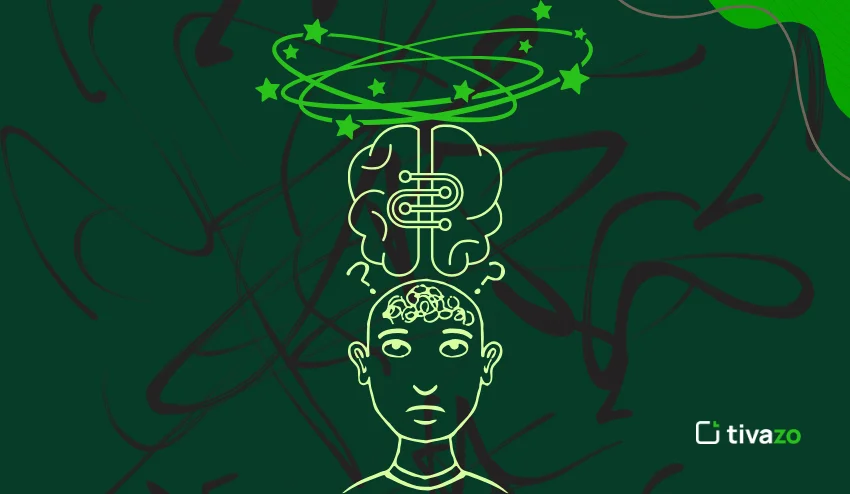
Address Specific Distraction
1. Chattiness of Colleagues
While socializing with teammates is a valuable way to bond, talking too much is a big distraction in today’s workplace. It’s important to establish some healthy boundaries that won’t damage relationships. Politely acknowledge when you’re in focused work mode and suggest waiting until a different time to discuss the topic. You could also designate short “chat breaks” to support employee engagement and lessen the frequent interruptions during task-focused hours. Use visual signs, such as headphones or a sign on your desk, to indicate to others that you are trying to concentrate and need to limit interruptions.
2. Smartphone Usage
Smartphones are likely the most significant form of office distractions today in the workplace. Notifications, social media platforms, and text messages take our attention away from important work. As a supervisor or manager, you could implement office distractions today and expectations that keep phones on silent, in another room, or in “Do Not Disturb” for the hours of the workday. Scheduling certain times to check for messages or emails can assist in differentiating work and personal time. It may also be beneficial as a manager or supervisor to download an app to block distracting websites during work hours.
3. Open Office Layouts
Open office configurations have a lot of popularity today, but can create substantial office distractions today for office employees due to noise and visual distractions. If employees have access to quiet zones, private rooms, or focus pods, they can focus when needed. Sometimes, incorporating noise-cancelling headphones or noise-cancelling screens/dividers can lessen distractions. Cultivating a culture of respect, where employees are mindful of loud conversations, can also create fewer distractions, improve the productivity of the team, and support the overall work environment.
4. Unnecessary Meetings
Unplanned or poorly constructed meetings can contribute a great deal of office distractions today for workers. Evaluate each meeting from the beginning to determine if it is needed at all and ensure that only people who need to be there actually attend. To make the meetings more effective, create agendas and outcomes for each meeting, as well as time limits to keep productivity levels up. If the sole purpose of the meeting is to provide information, e-mail or chat updates may be the best method to fulfil that task, without unnecessary interruptions to everyone’s work.
Dealing effectively with each of these everyday distractions in an office setting today enhances not only the ability of each employee to focus but also the productivity of the team and the satisfaction of the workforce. The application of ideas for dealing with chatty co-workers, smartphone checking, open office floor plans, and meeting schedules can improve the ability to focus and create an environment of productivity and focus that is free from distractions. Implementing strategies to deal with distractions daily today, will result in greater advantages for performance and employee well-being in the long run..
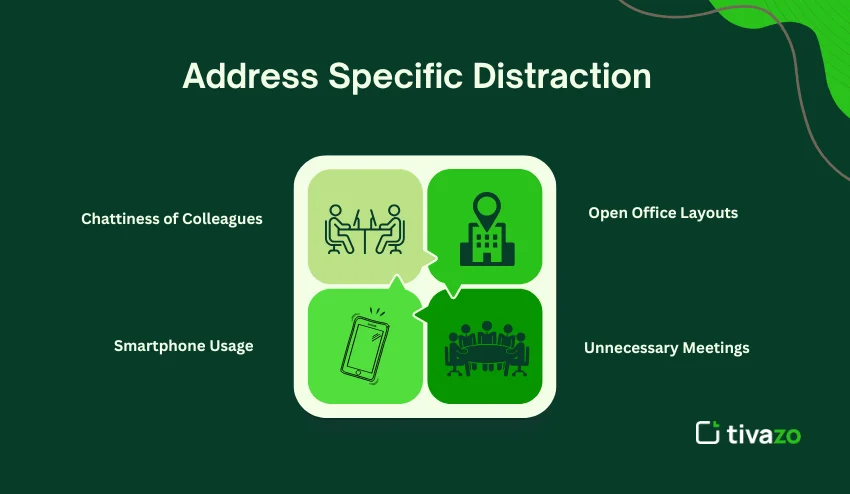
The Function of Technology in Addressing Distractions
- Technology is a two-edged sword that may create distractions or be used as a means of distraction management.
- The factors that lead to distraction at work today are constant notifications, social media, and instant messaging.
- Productivity applications can assist with organizing work, setting reminders, and bringing attention to objects at hand.
- Task management tools allow teams to collaborate more effectively, thus reducing distractions.
- Focus-enhancing applications may eliminate distracting websites or applications while employees are completing their work.
- Time-tracking applications allow tracking of employee activity and highlight behavior/actions of distraction.
- Collaboration tools help to facilitate interruptions with clear communication channels.
- Conscious use of technology may help conversions move distractions to a focus-building process and overall productivity.
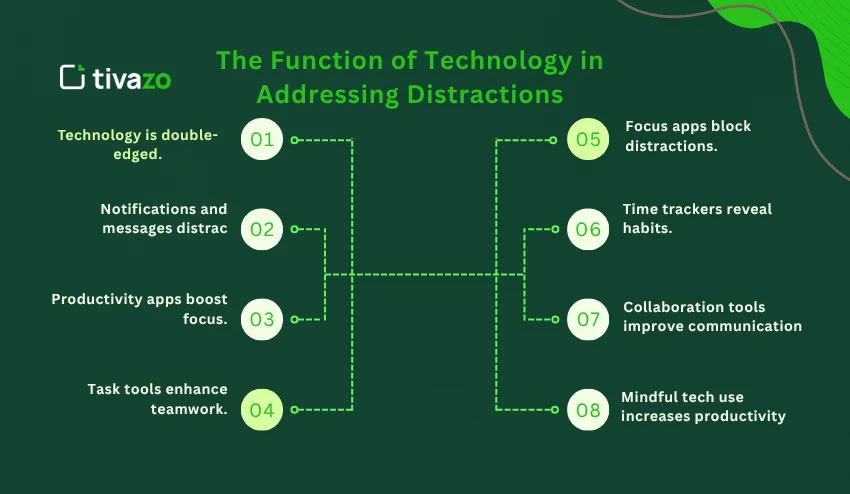
Conclusion
Office Distractions today are pretty common in the office present a major challenge in today’s workplace. Distraction in the office today can detract from productivity, keep the workplace more stressful, and decrease job satisfaction if left unchecked. The above measures to reduce office distractions today entail that individuals and organizations can enhance a more focused and productive workplace. Recognizing the specific distraction affecting their work and taking prompt action can be effective. Revisit and manage office distractions today so employees are consistently focused and concentrating so they can better complete work in what is today an increasingly distracting workplace, so everyone can enjoy a healthy and productive workplace.
